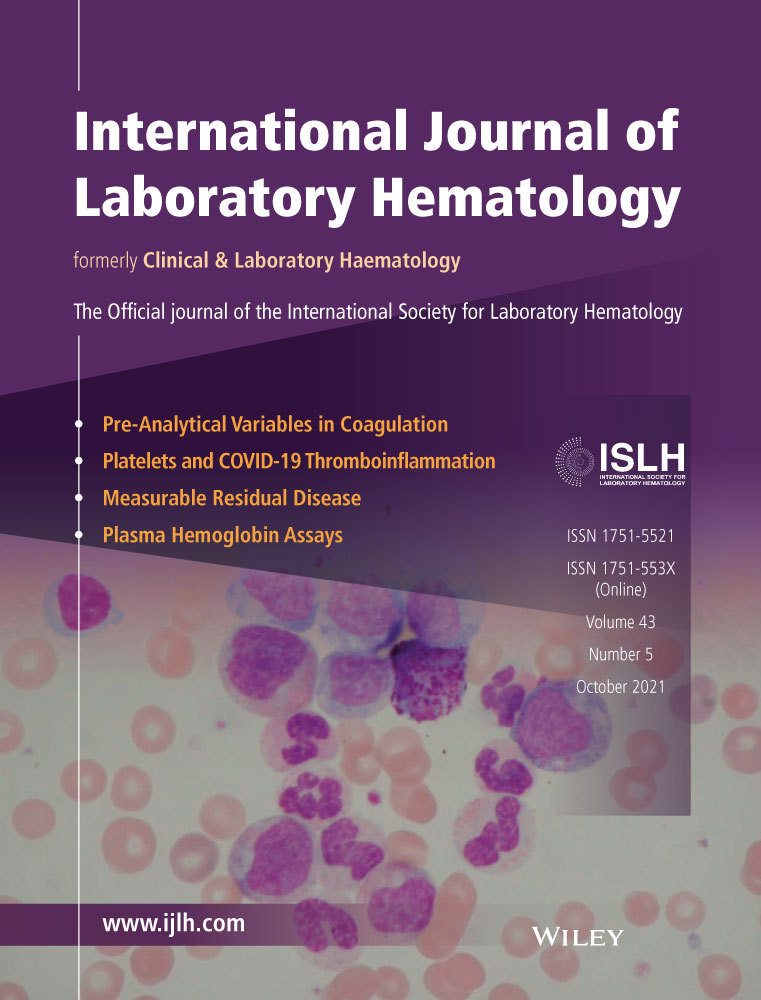Infantile leukemia—What factors determine its distinct biological nature? Clinicopathological study of 78 cases
Abstract
Introduction
Infantile leukemia encompasses a heterogeneous group which needs stratifying for treatment selection.
Methods
We collected 78 cases of infantile leukemia and retrospectively analyzed their clinicopathological data.
Results
Infantile leukemia featured a ratio of acute myeloid leukemia (AML) to B-lymphoblastic leukemia (B-ALL) of 1:2, with a better survival for AML than B-ALL (median survival 36 vs 24 months). When stratified by age, “early” infantile B-ALL (2-6 months) showed a high rate of KMT2A rearrangement (100%), similar to the rate seen in congenital B-ALL (1 month) (100%) and higher than seen in “late” infantile B-ALL (≥7 months) (68%). The three categories of infantile B-ALL exhibited an age-dependent increase in survival (median survival 8.5, 24, and >24 months, respectively). The age-dependent survival benefit remained after excluding the cases negative for KMT2A rearrangement. Conversely, infantile AML lacked an age-dependent pattern of survival.
Conclusion
The clinical outcome of infantile leukemia depends on the type of leukemia. Given the age-dependent survival, infantile B-ALL can be divided into three subcategories.
CONFLICT OF INTEREST
The authors do not have any conflicts of interest to disclose.
Open Research
DATA AVAILABILITY STATEMENT
Data sharing is not applicable to this article as no new data were created or analyzed in this study.




